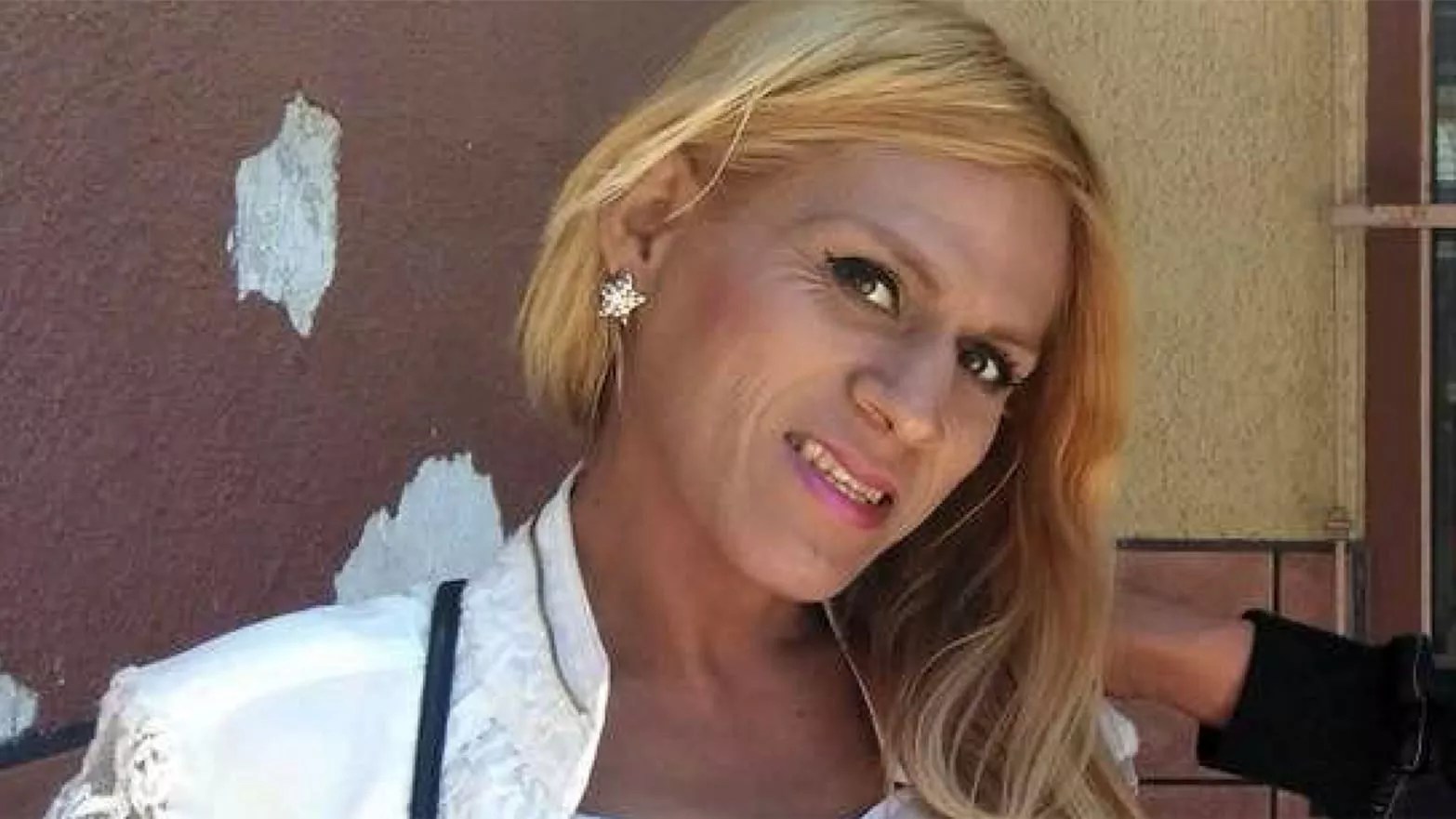
Courtesy of Diversidad Sin Fronteras

Audio By Carbonatix
The U.S. Immigration and Customs Enforcement bureau has admitted it deleted footage of the death of Roxsana Hernández, a transgender migrant who spent time in an Arizona detention center before she died in a New Mexico facility.
The footage was sought by advocates from the Washington, D.C. nonprofit Transgender Center for Equality, who have launched several lawsuits against the private prison company that runs the facility, including one filed in New Mexico’s 1st Judicial District Court on October 23. The suit asks immigration authorities to turn over all available and remaining records, including video footage, related to the circumstances of her death.
The transgender woman, a 33-year-old asylum seeker from Honduras, was being held at the federal Cibola County Correctional Center in Milan, New Mexico. The facility is owned by CoreCivic, a for-profit prison company that contracts with the federal government, and is the only ICE detention center with a unit specifically for transgender women.
Hernández died of HIV-related complications and dehydration shortly after entering in 2018, raising questions about the government’s ability to care for LGBTQ migrants in its custody. An independent autopsy requested by Hernández’s family confirmed her cause of death, but found that she was physically abused during her time in ICE custody. ICE denies the findings of this autopsy report.
We’re thankful for you. Are you thankful for us?
We feel thankful for our staff and for the privilege of fulfilling our mission to be an unparalleled source of information and insight in Phoenix. We’re aiming to raise $30,000 by December 31, so we can continue covering what matters most to this community.
Help us continue giving back to Phoenix.
In June of this year, the Transgender Law Center and Andrew Free, an attorney working on Hernández’s case, filed another lawsuit against ICE and the Department of Homeland Security demanding they release any and all documents about Hernández while in ICE and Customs and Border Protection (CBP) custody.
One of the public documents they received from ICE was an email from August 28, 2018, which suggested that ICE detention officers may have deleted surveillance footage of Hernández’s death.
On Wednesday, the advocacy organization released the correspondence to the public, as BuzzFeed News first reported:
“The requested video is no longer available,” a detention officer said in the email, which was sent to an analyst in ICE’s Office of Professional Responsibility. “The footage is held in memory up to around 90 days. They attempted to locate and was negative.”
Attorneys representing Hernández’s family said the video would have provided vital evidence about her health and treatment while in custody, and that CoreCivic and ICE were aware of possible litigation at the time the footage was deleted, citing the independent autopsy the family requested on June 9, 2018.
“How can ICE and CoreCivic claim any kind of transparency when they withheld video footage during an active investigation?” Free said in a press statement released on Wednesday. “They were on notice to preserve any and all video surveillance and it seems they may have failed to do so… We filed suit because we have reason to believe they may be withholding more evidence.”
The additional lawsuit Free and the law center filed this week is an attempt to acquire all video footage that remains, Anna Castro, media relations manager at Transgender Law Center, explained.
Brandon Bissell, manager of public affairs for CoreCivic, said the company did not receive a request for video footage in time to ensure it would be preserved.
“CoreCivic didn’t receive notice that the plaintiff was considering a lawsuit until November 26, 2018 (six months after the death of Ms. Hernandez) when we were notified by a member of the media that Mr. Free was planning to file a lawsuit,” Bissell said. “As the digital camera equipment is not capable of retaining digital images beyond approximately thirty days, whatever digital images that might have existed had been long overwritten.”
Hernández came to the United States in May 2018, traveling as part of the transgender and gender-nonconforming migrant caravan that made its way through Mexico last year.
She was taken into Customs and Border Protection custody after pleading asylum in San Ysidro, California and spent time in immigration detention centers in Arizona and Texas before finally arriving at Cibola County Correctional Center.
Nine days later, she died after being transferred to a local hospital.
CoreCivic said Hernández was only detained at Cibola for 12 hours before she was sent out for medical treatment.
ICE does not comment on pending litigation as a matter of policy.
“However, lack of comment should not be construed as agreement with or stipulation to any of the allegations,” Leticia Zamarripa, spokesperson for ICE, said in an emailed statement.
Update: Brandon Bissell, spokesperson for CoreCivic, reached out to emphasize that the New Mexico Office of the Medical Investigator’s findings in the death of Ms. Hernandez, which New Times linked to as the official findings in the original story, contradict the independent autopsy cited later in the article.
“While a preliminary report from a second autopsy identified soft tissue bleeding over the sides and back of the chest thought to be secondary to physical abuse, we do not share that conclusion,” the New Mexico medical investigator’s autopsy states, noting that her broken ribs and sternum were consistent with attempts at CPR to save her life. “During the period when Ms. Hernandez was being resuscitated, her platelet count (blood elements responsible for clotting) was extremely low which would amplify the bleeding associated with physically forceful CPR.”
New Times had already stated that ICE disputes the conclusions of this second autopsy. CoreCivic’s spokesperson also criticized the article’s headline, calling it “salacious” and adding “there is no indication of a willful action by CoreCivic to delete video content.”